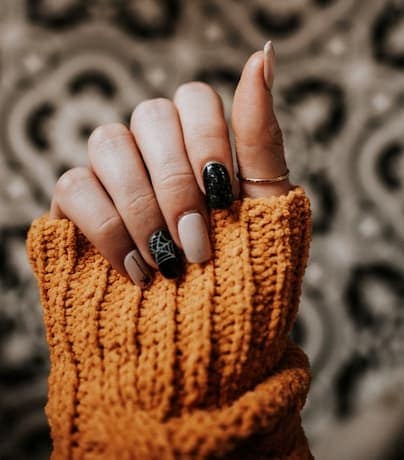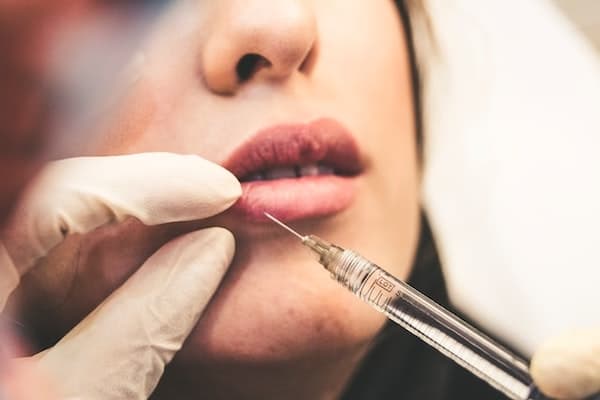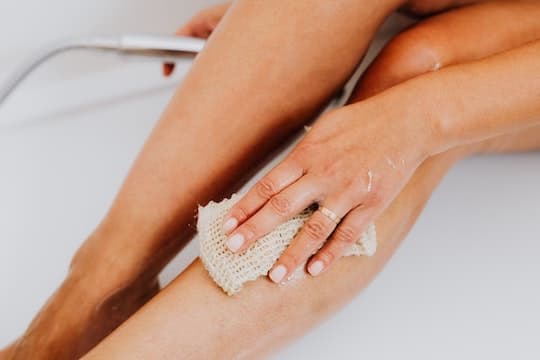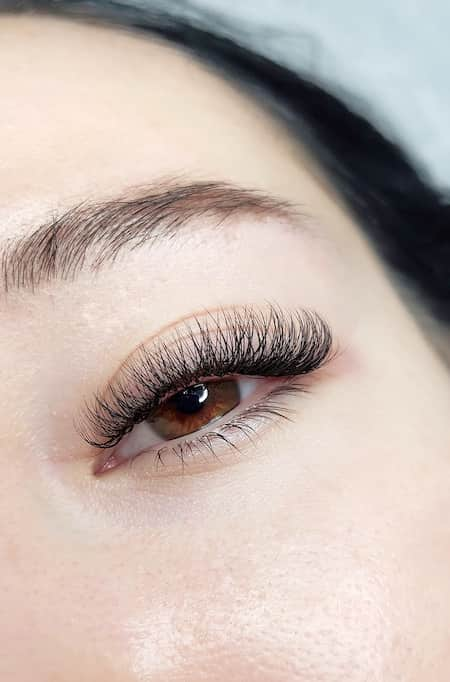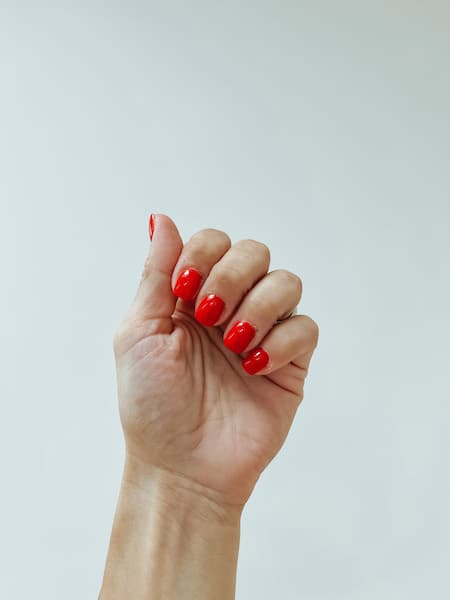What to do and what not to do after dermal fillers
Dermal fillers are a popular cosmetic procedure that can do wonders to improve fine lines, plump up lips, and restore volume loss in areas of the face.
But, to achieve the best results, it’s essential to know what to do (and what not to do) after your treatment.
If you’re looking into getting fillers, this article will prepare you with everything you need to know to get the most out of your injectable treatments.
From the most frequently asked questions to the do’s and don’ts of facial fillers, we’re covering it all.

What are dermal fillers?
Before we dive into how to care for and recover from dermal fillers, let’s discuss what they are exactly.
Dermal fillers are cosmetic injections that are designed to rejuvenate your facial features by adding volume to specific areas of the face.
They can be used to plump up your lips as lip fillers, smooth out smile lines, and even restore cheek volume as a cheek filler.
The most popular types of fillers are hyaluronic acid fillers, like Juvederm filler, which work by attracting water to the treated area, giving you a more youthful appearance.
With the right treatment plan, dermal fillers can help you achieve natural, long-lasting results.
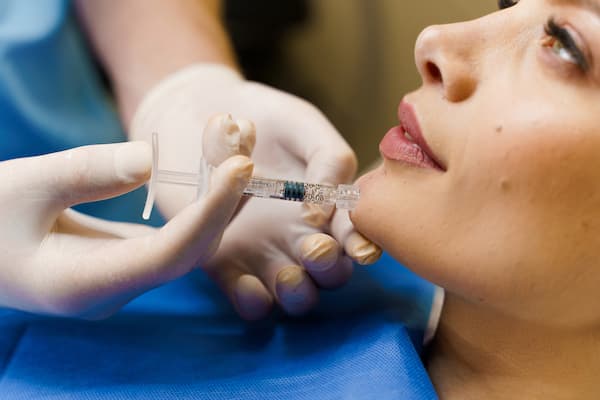
What’s the difference between fillers and botox?
Dermal fillers are most often compared with another popular cosmetic treatment: Botox.
While both are injectable treatments designed to rejuvenate your appearance, they do have different functions and target different facial concerns.
Fillers
Dermal fillers are all about adding some oomph to the treated area, bringing back lost fullness, and smoothing out wrinkles and folds. They’re great for plumping up lips, giving cheeks a boost, ironing out smile lines, and filling in under-eye hollows.
Many fillers, like Juvederm, have hyaluronic acid in them, which is a natural substance our bodies make that helps attract water for added volume and hydration.
Depending on the type of filler and where it’s used, the results generally stick around for anywhere from six months to two years.
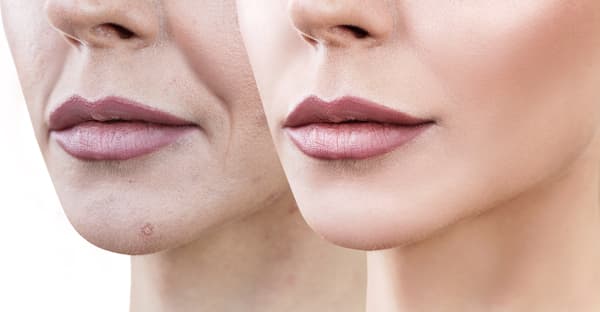
Botox
Botox, which is short for botulinum toxin, on the other hand, is a neurotoxin that temporarily relaxes facial muscles.
This helps to smooth out wrinkles caused by the aging process as well as repeated facial expressions.
It’s a very popular treatment for tackling forehead lines, crow’s feet around the eyes, and those frown lines between the eyebrows.
While botox doesn’t provide immediate results, it s a rather quick onset of about 2-4 days.
Botox is made from the bacterium Clostridium botulinum, and when used in just the right, tiny doses, it works as a temporary muscle relaxant.
As for how long it lasts, you can expect the effects of Botox to generally stick around for about three to six months.
After that, your treated muscles will gradually regain their function, and the wrinkles may return meaning that regular maintenance is typically required.
To determine the best treatment for your specific needs, consult with a qualified provider, ideally with years of experience, in both dermal fillers and Botox treatments.
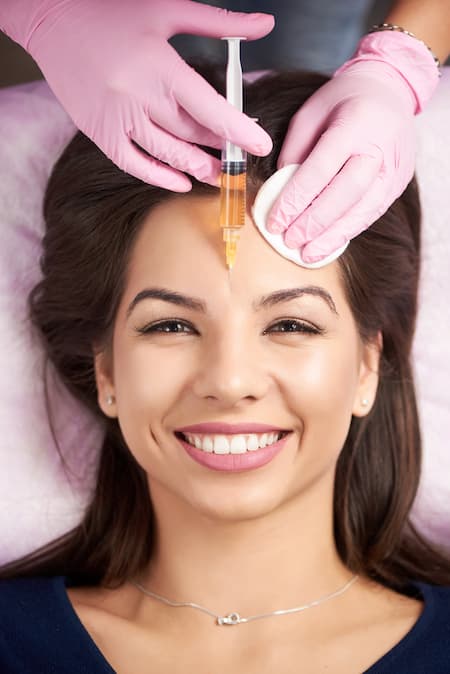
Facial Fillers Frequently Asked Questions
Before diving into the do’s and don’ts of dermal filler aftercare, let’s answer some questions you may have with some of the most commonly asked questions regarding dermal fillers.
Can I wash my face after fillers?
Absolutely! Just be gentle and avoid excess touching or massaging of the treatment area. It’s best to use mild, fragrance-free cleansers to avoid irritating the treated area.
How long do fillers generally last?
Fillers can last anywhere from six months to two years, depending on the type of filler used and the area of the face being treated.
Some cosmetic fillers, like hyaluronic acid-based fillers, may last around six to 18 months, while others, like Sculptra (a poly-L-lactic acid filler), can last up to two years.
The longevity of your results will also depend on factors like your age, skin condition, and lifestyle habits.
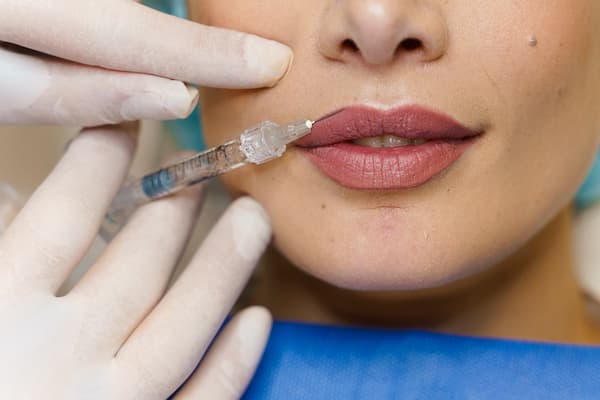
Does drinking water help fillers?
Yes, staying hydrated is essential for the best results. Drink plenty of water to maintain your skin’s health and optimize the effects of the hyaluronic acid fillers.
What should you not eat after fillers?
Avoiding any high-sodium food as well as alcohol is advised, as they can cause swelling and hinder the healing process.
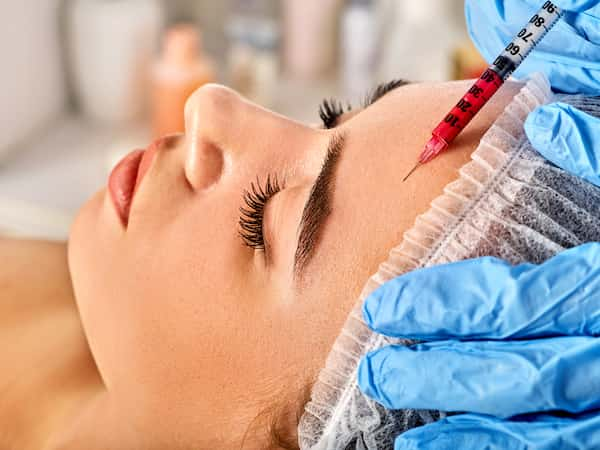
How can I speed up the healing of my fillers?
It’s always a good idea to follow your provider’s aftercare advice.
This generally includes keeping your head elevated, applying cold compresses, and avoiding blood thinners as well as vitamins with the same effect as vitamin E and st. john’s wort.
Additionally, you should refrain from strenuous activity for 24 hours.
Can I do dermal fillers and Botox at the same time?
Yes, you can have dermal fillers and Botox treatments at the same time, as they target different concerns and work in different ways.
In fact, combining the two treatments is often referred to as a “liquid facelift” and can provide a comprehensive rejuvenation of the face.
However, it’s essential to consult with a qualified and experienced medical provider to determine the best treatment plan for your specific needs and goals.

How long do fillers take to look normal?
Typically, most minor swelling and redness will subside within 7-10 days, revealing the final result of your treatment.
What To Do After Dermal Fillers
Alright, now that we’ve answered some popular questions let’s dive into the best practices for post-filler care.
- Follow your provider’s aftercare instructions: Your provider will give you specific advice based on the type of dermal filler and the treated area.
Stick to their recommendations to achieve your desired result.
- Apply ice to reduce swelling and bruising: Gently apply an ice pack or cold compress to the dermal filler injection sites for the first 24-48 hours.
This will minimize swelling, bruising, and discomfort.
- Keep your head elevated while sleeping: This helps reduce swelling and promotes blood flow for a faster recovery.
- Stay hydrated and maintain a healthy diet: Drink plenty of water and eat fresh pineapple or drink pineapple juice, which contains an enzyme that helps reduce swelling and inflammation.
- Take over-the-counter pain relievers if needed: If you experience any discomfort, take a pain reliever like acetaminophen. Avoid blood thinners like aspirin and ibuprofen, which can increase the risk of bruising.
- Gently cleanse your face and avoid harsh skincare products: Use gentle cleansers and avoid abrasive scrubs or chemical peels for the first week after treatment.
- Protect your skin from the sun: Limit sun exposure and wear sunscreen to prevent damage to the treated area. Sun exposure can break down the filler more quickly and lead to premature aging.
- Attend follow-up appointments and touch-ups as needed: Keep in touch with your provider and follow their recommendations for any follow-up appointments or touch-ups to maintain your fabulous results.

What Not To Do After Dermal Fillers
Here are some things that you should be cautious of or avoid doing for your post-filler care.
- Avoid touching, rubbing, or massaging the treated area: Applying too much pressure can displace the filler, leading to uneven results.
- Steer clear of strenuous exercise and activities for the first 24-48 hours: Intense workouts and activities can raise your heart rate and blood flow, increasing the risk of swelling and bruising.
- Refrain from consuming alcohol and smoking: Both can delay the healing process and compromise the final result of your treatment.
- Don’t take blood-thinning medications or supplements without consulting your provider: Some supplements, like vitamin E, can increase the risk of bruising. Check with your provider before taking these products.
- Avoid excessive heat exposure, such as saunas and hot tubs: High temperatures can increase blood flow and cause swelling, which may affect the longevity of your results.
- Don’t wear makeup or heavy skincare products for the first 24 hours: Give your skin time to breathe and heal, this will minimize the risk of infection. Even light make-up should be avoided.
Possible Side Effects of Dermal Fillers
While dermal fillers are generally safe and well-tolerated, it’s important to be aware of potential side effects that might occur after treatment.
Most side effects are temporary and mild, but it’s necessary to monitor your recovery and contact your provider if you have any concerns.
Please remember that we are not doctors or medical professionals, and none of this is medical advice. If you have any concerns after cosmetic treatments you should of course reach out to the filler provider or a medical professional.
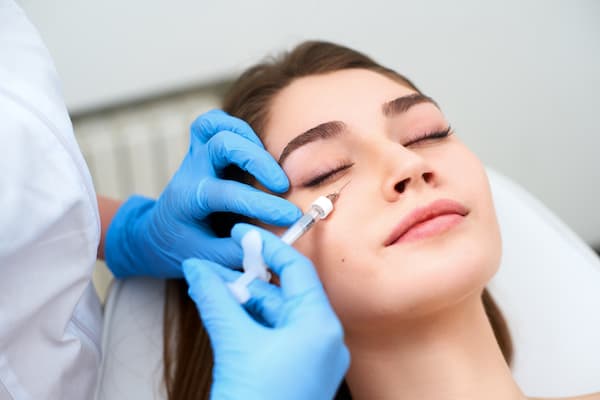
Common side effects
- Swelling: Mild to moderate swelling is expected after dermal filler treatment and typically subsides within a few days to a week.
- Redness: Some redness at the injection site is normal and usually fades within a day or two.
- Bruising: You may experience some bruising at the injection site, which should fade within a week.
- Pain or discomfort: Mild pain or discomfort is common and can usually be managed with over-the-counter pain relievers.
Less common side effects
- Lumps or bumps: In some cases, small lumps or bumps may form under the skin. They often resolve on their own, but if they persist, your provider may need to address them.
- Asymmetry: Uneven results may occur if the filler is not evenly distributed. If you notice any asymmetry, consult your provider for a possible touch-up.
- Infection: While rare, infections can occur after dermal filler treatment. Signs of an infection can include increased pain, redness, warmth, or pus at the injection site. You should contact your provider immediately if you suspect an infection.
It’s important to choose a qualified and experienced provider for your dermal filler treatment to minimize the risk of complications.
Conclusion
And there you have it! By following the aftercare guidelines above, you can enjoy a smooth recovery and achieve stunning, long-lasting results from your dermal filler treatment.
Remember, the key to achieving your desired result is clear communication with your provider. Don’t be afraid to ask questions and voice any concerns before and/or after your procedure.
With proper aftercare and communication, you’ll be well on your way to enjoying your new rejuvenated, and youthful look!
More Posts You Might Like
